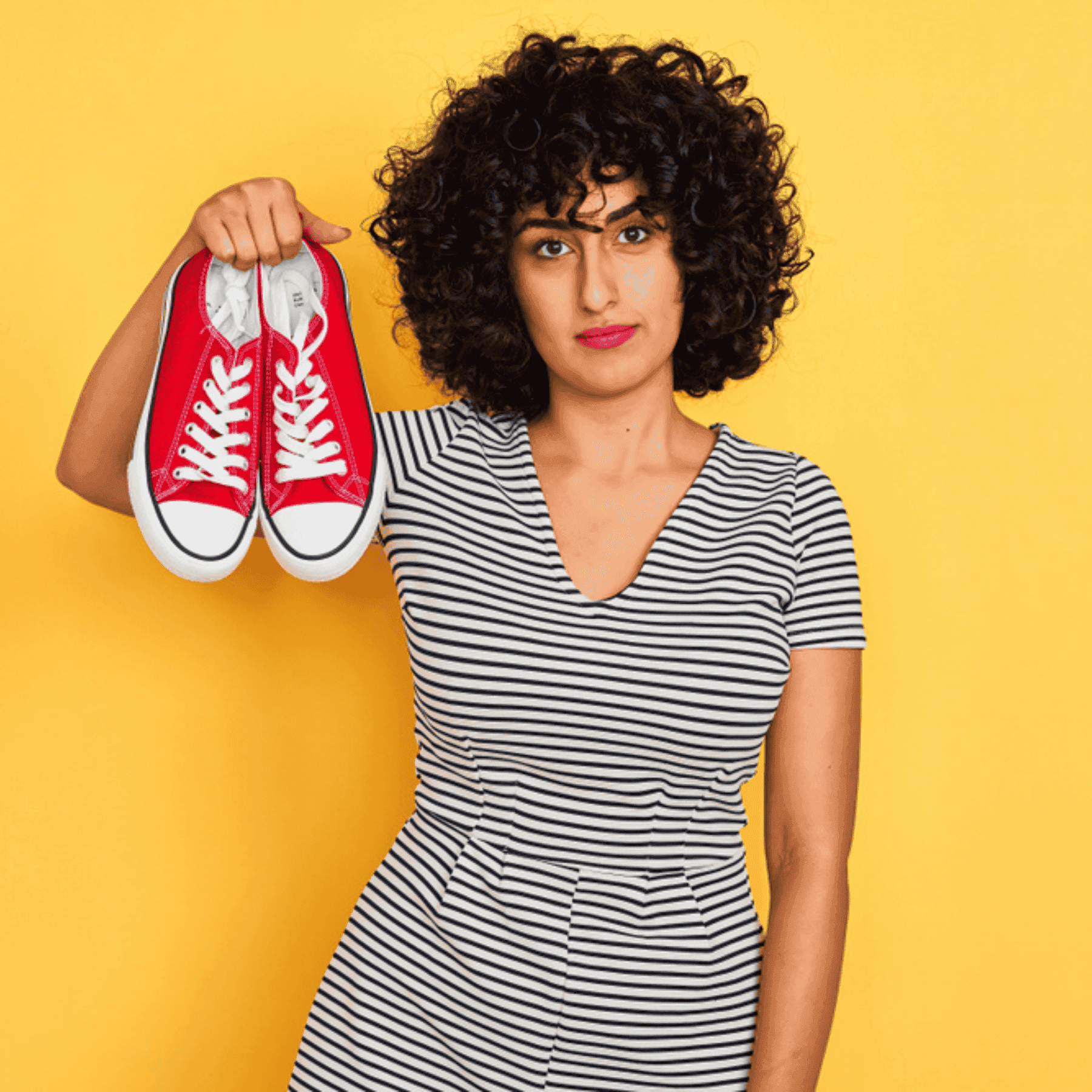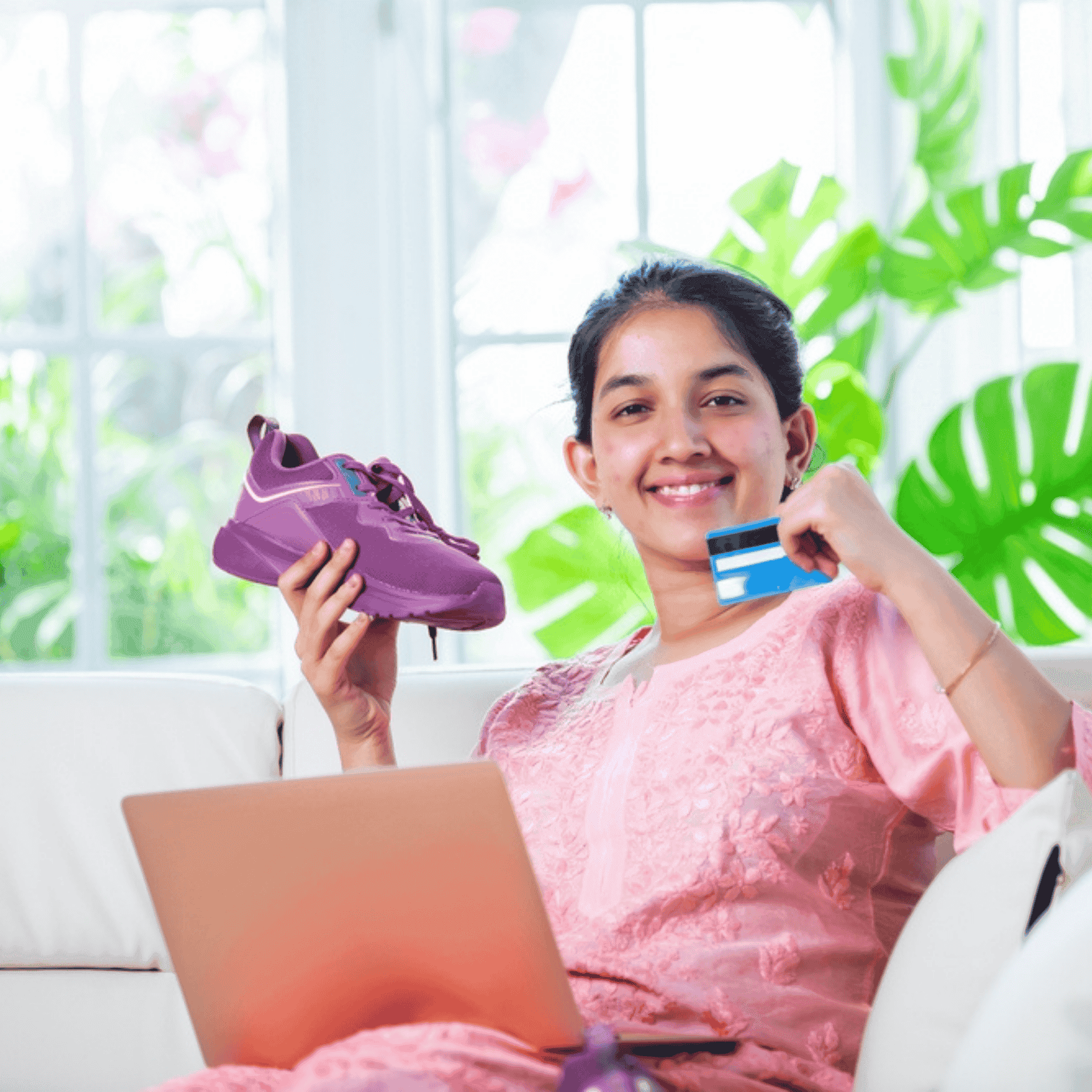
Footwear Guide
•05 min read

Barefoot shoes have revolutionized the way we think about footwear by offering natural and ergonomic alternatives that support healthy foot function. This guide is designed especially for beginners, breaking down key features and benefits of minimalist footwear. Read on to learn how to find the perfect pair of barefoot shoes and how they can transform your movement and comfort.
Barefoot shoes are crafted to mirror the natural movement of your feet. Unlike traditional shoes, they are built with a thin and flexible sole that lets your feet move freely. Designed with a zero drop sole—which ensures your heel and forefoot are level—and a wide toe box that allows natural toe splay, these shoes support better alignment and balance. Additional features such as a flexible sole help in promoting natural foot movement much like running or walking barefoot.
These shoes bring numerous benefits by encouraging proper posture, enhanced proprioception, and stronger foot muscles. Beginners can particularly benefit from a smooth transition to healthy foot shoes. They not only improve overall foot strength but also reduce the risk of injuries while giving a natural feel during movement. Whether you are into natural running shoes or lightweight walking shoes, incorporating ergonomic footwear into your routine can elevate your comfort and efficiency.
A zero drop design is essential for a natural gait and helps in maintaining proper alignment. When embarking on your barefoot running guide or switching to minimalist footwear, a flat design ensures your feet support themselves naturally, mimicking the barefoot experience.
Wide toe box shoes are vital for relieving pressure and allowing your toes to spread freely. Especially for those transitioning from conventional shoes, having enough space in the toe area makes the shift to foot-shaped shoes more comfortable and promotes stability.
Flexible sole shoes allow your feet to move naturally and adapt to various terrains. This characteristic is a significant benefit when you choose natural running shoes or when using them for daily activities, as they help in strengthening the muscles in your feet and improving balance.
For a truly natural experience, barefoot shoes should mimic the form of your foot. Lightweight walking shoes with an ergonomic design ensure that your feet are not overburdened, letting your natural stride flow without unnecessary strain.

If you're looking into barefoot running guide tips, natural running shoes are your best bet. These shoes are designed to offer an excellent ground feel and durability, which supports a balanced and efficient running style. They allow you to naturally connect with the ground, enhancing your running mechanics. Opting for ergonomic footwear in this category ensures your running journey is safe and enjoyable.
For everyday wear, lightweight walking shoes that are built as healthy foot shoes are ideal. They blend comfort with practicality, making them perfect for long hours of use. Their natural design supports your feet during everyday activities, making them a great choice for those who value style and functionality in their minimalist footwear.
For younger ones, it is crucial to choose barefoot shoes that support growing feet. Flexible sole shoes with ample space in the toe box ensure that even the smallest feet can move naturally. These specially designed options promote healthy development and make sure that children experience the full benefits of ergonomic footwear from an early age.
Transitioning from traditional shoes to minimalist footwear should be done gradually. Begin by incorporating short walks into your routine and slowly increasing usage over time. This approach allows your muscles and joints to adjust, reducing the risk of discomfort or injury while adapting to healthy foot shoes.
Enhancing your foot strength through simple exercises, such as toe curls and arch lifts, can significantly ease the shift to barefoot shoes. These activities prepare your muscles for the change, helping you fully benefit from the natural movement promoted by natural running shoes and flexible sole shoes.
Finding the perfect pair of barefoot shoes starts with the right fit. Ensure there’s ample room in the toe box, and check that the shoes feel snug without being tight. A fitting that mirrors the natural shape of your foot is crucial for comfort and performance, especially when you’re stepping into the world of zero drop shoes.
Pro Tip: Prioritize Comfort Over Trend
When choosing barefoot shoes, focus on comfort and functionality rather than chasing trends. A well-fitted pair of ergonomic footwear supports your foot health and ensures a smooth transition to minimalist footwear.

The importance of correct sizing cannot be overstated. Selecting barefoot shoes without proper fit can lead to discomfort and negate the health benefits. Always measure your feet accurately and consult sizing charts to ensure you choose the right pair that caters to natural foot mechanics.
Many new users skip the break-in period, expecting immediate comfort. It is essential to gradually allow your feet to adapt to the new style. Ignoring this step may result in temporary discomfort, which can be mitigated by giving your feet time to adjust.
While it might be tempting to choose a pair solely based on aesthetics, prioritizing style over the core features of barefoot shoes can be detrimental. Always consider key features such as the zero drop design, wide toe box, and flexible sole when evaluating your options. These features ensure that your shoes are not just fashionable, but also truly healthy foot shoes.
Barefoot shoes are made to mimic the natural movement of your feet with features like flexible soles, zero drop designs, and wide toe boxes, setting them apart from conventional shoes that limit natural motion.
Yes, barefoot shoes are ideal for beginners as they help promote natural foot function and ease the transition from traditional footwear to minimalist options.
The shoes should have a roomy toe box for natural toe splay, fit snugly without feeling tight, and keep the heel secure to ensure proper support and comfort.
Absolutely. Natural running shoes designed with these principles offer excellent ground feel and support, making them suitable for running and safe for your feet.
The transition period depends on your individual comfort level, but typically, it can take anywhere from a few weeks to a few months as your feet adjust naturally.
Choosing the perfect barefoot shoes for beginners is a journey that starts with understanding essential features such as zero drop soles, wide toe boxes, and flexible, foot-shaped designs. Prioritizing functionality and comfort over trends will help you enjoy the full benefits of natural running shoes and lightweight walking shoes. Remember, transitioning to minimalist footwear is a gradual process that, when done correctly, enhances your overall foot health and natural movement. Explore the world of barefoot shoes and embrace the freedom of healthy, natural steps.